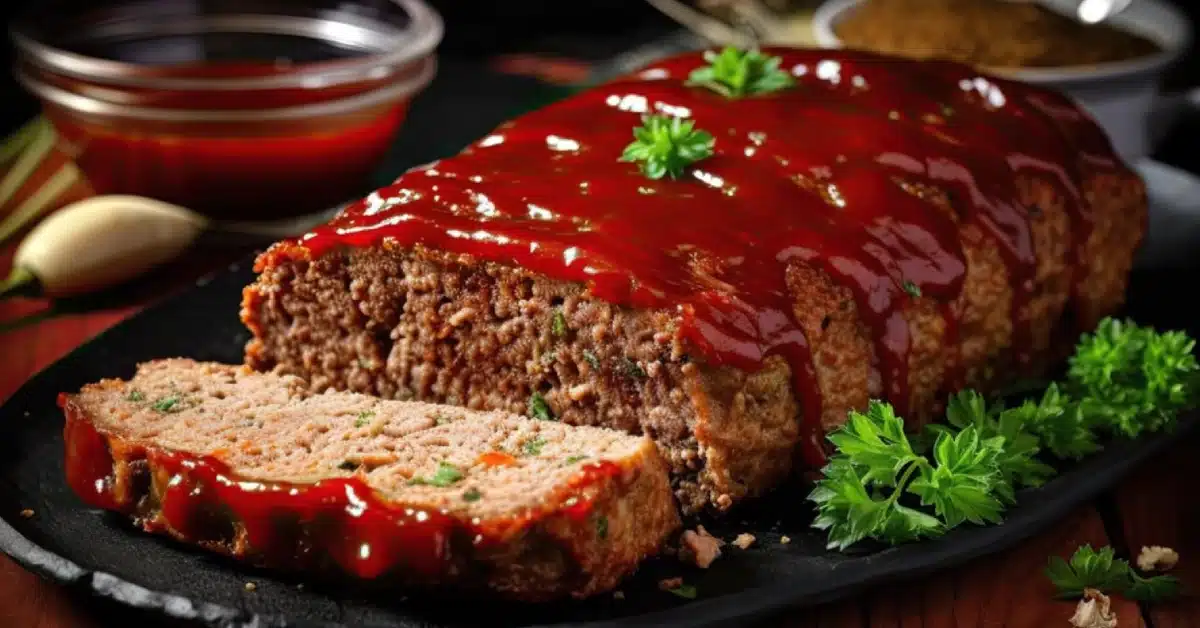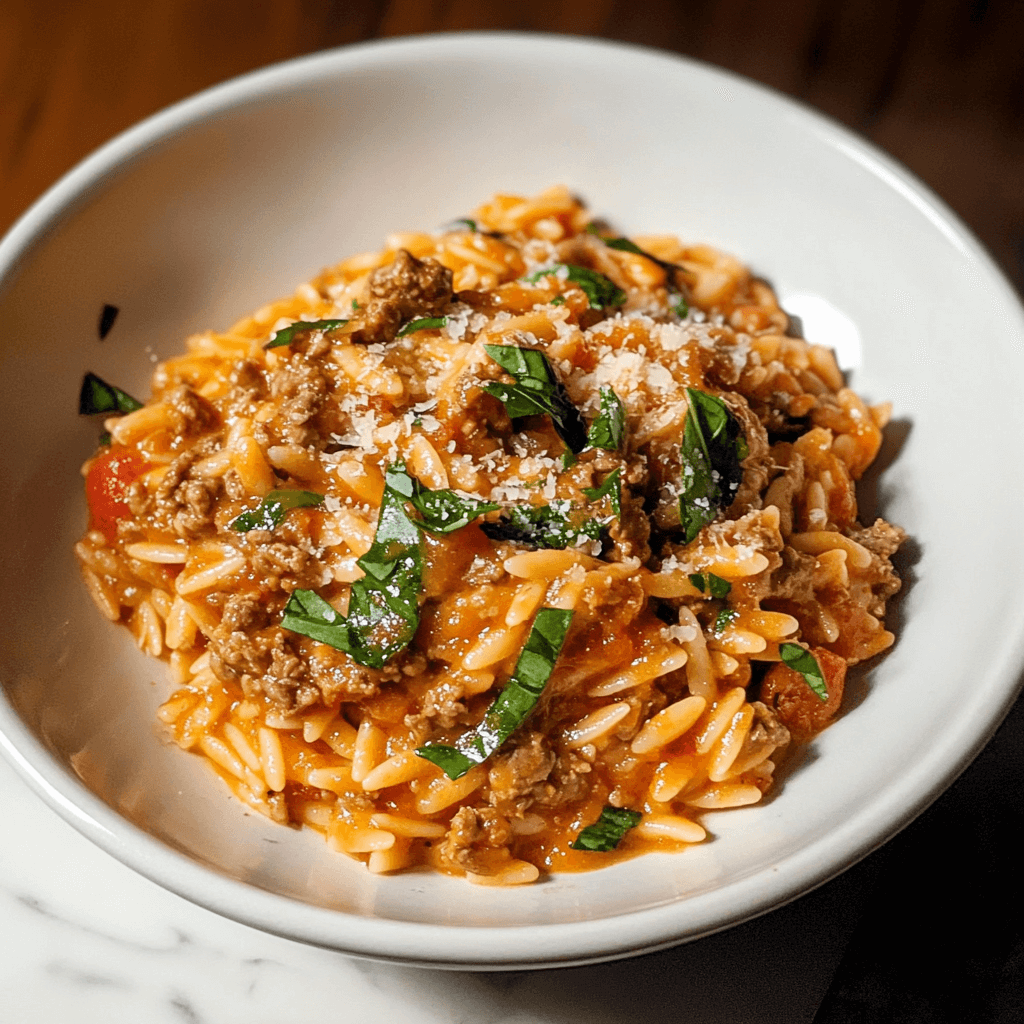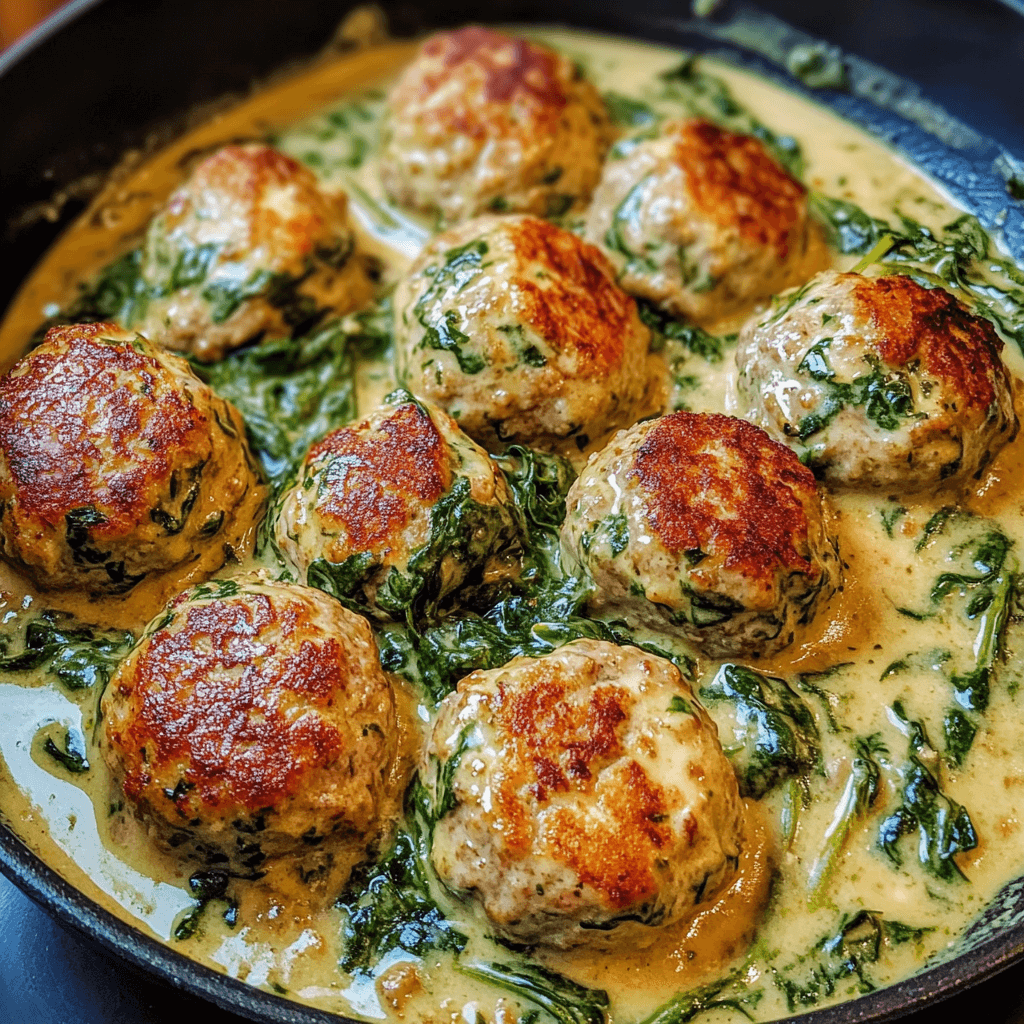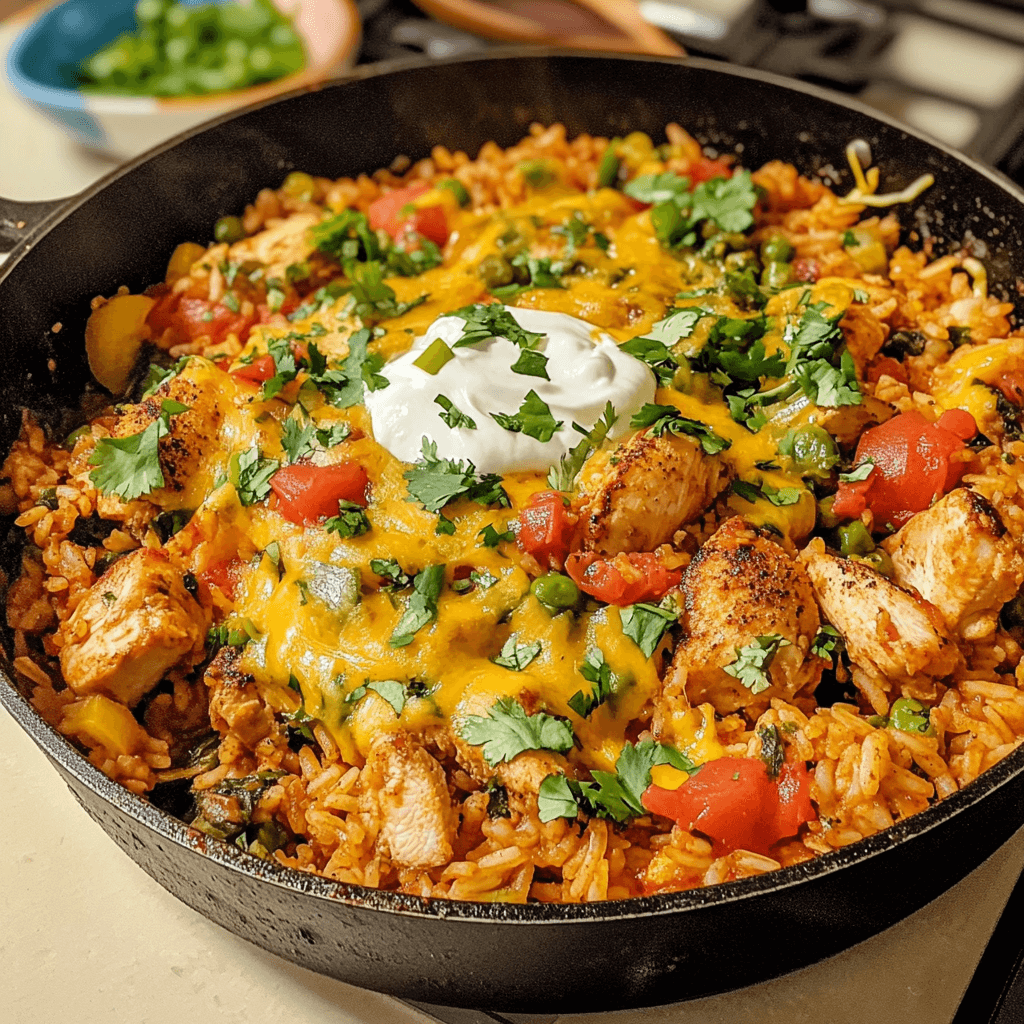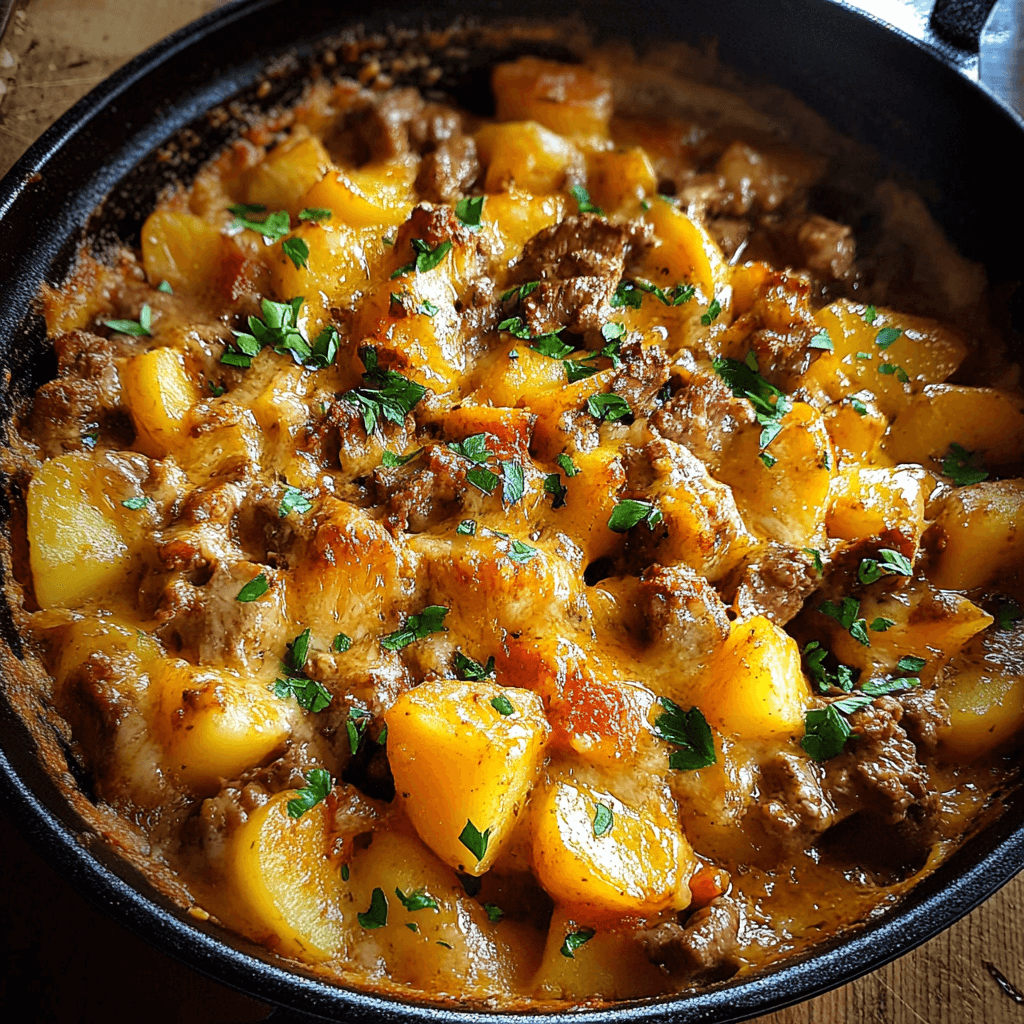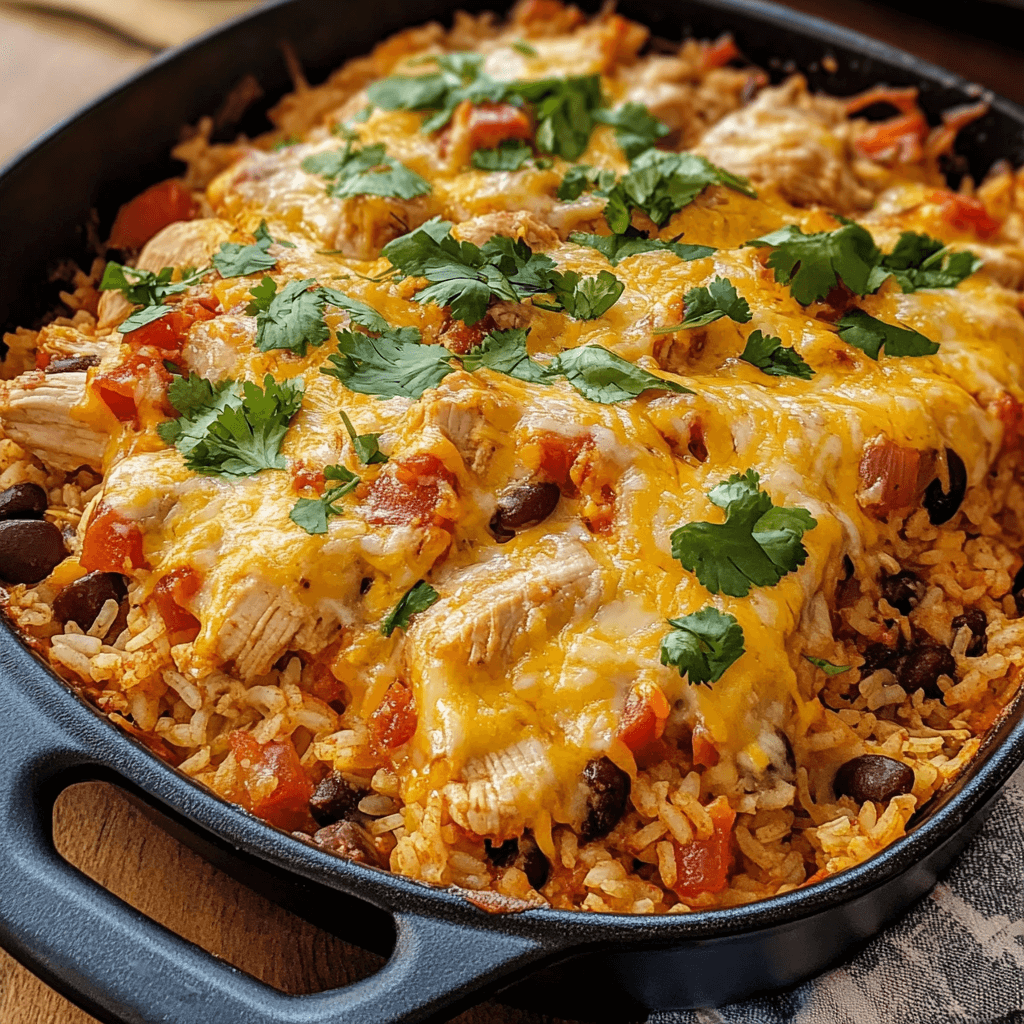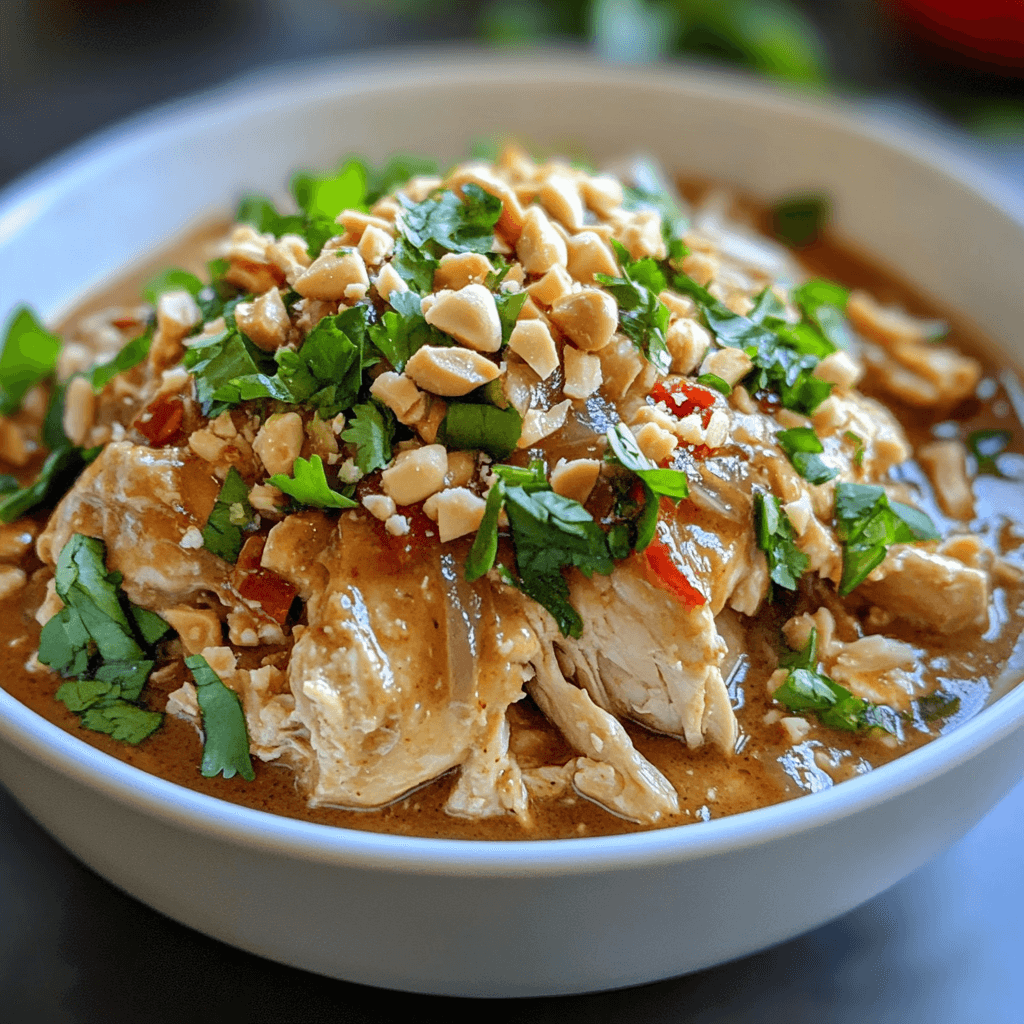Meatloaf, a classic comfort food, has graced dinner tables for generations. Yet, despite its simplicity, achieving the perfect meatloaf can be elusive. A common question that perplexes many is, “What makes meatloaf fall apart?” This article delves into the intricacies of meatloaf preparation, offering insights and solutions to ensure your meatloaf remains intact and delicious.
Understanding the Art of Meatloaf: More Than Just a Dish
Meatloaf is more than just ground meat baked into a loaf; it’s a culinary art that balances flavors, textures, and ingredients. The key to a perfect meatloaf lies in understanding how each component interacts to create a cohesive, flavorful, and structurally sound dish.
The Role of Ingredients in Meatloaf Consistency
The journey to a perfect meatloaf begins with understanding the role of each ingredient. The consistency of meatloaf is not just about the meat; it’s a symphony of various components working in harmony. From the type of meat to the choice of fillers, each ingredient plays a pivotal role in determining whether your meatloaf will be a culinary masterpiece or a crumbly mess. Getting this balance right is crucial for a meatloaf that’s both delicious and structurally sound.
– Balancing Meat Types: A Crucial Step
Choosing the right type of meat is the first crucial step in ensuring your meatloaf holds together. A blend of different meats can provide the ideal balance of fat, flavor, and texture. Ground beef is a popular choice for its rich flavor, but it can be dense and heavy on its own. Incorporating ground pork adds a softer texture and necessary fat, which helps in binding the loaf together. Ground veal, though less common, can contribute a delicate flavor and tender texture. The key is to find a ratio that suits your taste while ensuring enough fat content to keep the loaf moist and cohesive. Typically, a mix of 50% beef, and 25% veal works well.
– The Impact of Fillers: Bread, Oats, and Beyond
Fillers in meatloaf serve a dual purpose: they extend the meat and help in binding the loaf together. Common fillers include breadcrumbs, oatmeal, and even cracker crumbs. Breadcrumbs are a traditional choice, absorbing excess moisture and adding volume. They swell as they soak up the juices, helping to bind the meat together. Oatmeal, a healthier alternative, offers a firmer texture and has the added benefit of making the meatloaf more filling. The key with any filler is moderation. Too much can make the meatloaf dense and dry, while too little might not provide enough binding, leading to a meatloaf that falls apart.
– Eggs: Binding Agent or Culprit?
Eggs in meatloaf are like the glue that holds everything together. They are crucial for binding the ingredients, ensuring that the meat, fillers, and seasonings combine into a cohesive mixture. However, the quantity of eggs used can significantly impact the texture of the meatloaf. Too many eggs can lead to a rubbery, overly dense loaf, while too few might result in a crumbly, disintegrating structure. The trick is to use just enough eggs to bind the ingredients without overpowering them. Typically, one to two eggs per pound of meat is a good rule of thumb.
Mixing Methods: Finding the Right Touch
– Gentle Mixing: A Secret to Cohesion
The way you mix your meatloaf ingredients is just as important as the ingredients themselves. The goal is to combine everything thoroughly without overworking the meat. Overmixing can lead to a tough, dense loaf, as it develops the proteins in the meat too much. This makes the meatloaf more like a dense sausage rather than a tender, juicy loaf. The best approach is to use a gentle hand. Mix the ingredients until just combined, ensuring that the fillers, eggs, and seasonings are evenly distributed throughout the meat. Some chefs recommend using your hands for this task, as it allows for a more delicate touch compared to a spoon or mixer. Remember, the lighter your touch, the more tender and cohesive your meatloaf will be.
– Overmixing: A Common Mistake
Overmixing is a common pitfall in meatloaf preparation. When the meat is mixed too vigorously or for too long, it starts to emulsify, similar to what happens when making sausage. This results in a meatloaf that’s too dense and compact, lacking the tender, crumbly texture that makes a great meatloaf. To avoid this, mix the ingredients until they are just combined. It’s okay if the mixture isn’t perfectly homogenous; a few streaks of unmixed ingredients are preferable to an overworked meatloaf. If you’re unsure, it’s better to undermix than overmix. You can always give the mixture a final gentle stir before shaping it into a loaf. Remember, the goal is a meatloaf that’s tender and moist, with a texture that holds together without being rubbery or overly dense.
Oven Temperatures and Cooking Times
– The Importance of Even Cooking
The temperature and duration of cooking are critical factors in ensuring your meatloaf doesn’t fall apart. An unevenly cooked meatloaf can result in parts that are overdone and crumbly, while others remain undercooked and mushy. The key is to cook the meatloaf at a consistent, moderate temperature. Typically, baking at 350°F (175°C) works well, allowing the meatloaf to cook through evenly without burning the outside. It’s also important to use a meat thermometer to ensure the meatloaf reaches the safe internal temperature of 160°F (71°C) for ground meats. This not only ensures food safety but also helps in achieving the perfect texture. A meatloaf that’s cooked just right will be moist, flavorful, and hold together beautifully when sliced.
– Low and Slow: A Key to Perfection
Adopting a low and slow cooking approach can significantly enhance the texture and flavor of your meatloaf. Cooking meatloaf at a slightly lower temperature for a longer period allows the flavors to meld together and the meat to become tender without falling apart. This method also reduces the risk of the outer edges becoming too dry or burnt while the center remains undercooked. If you have the time, try baking your meatloaf at around 325°F (163°C) for a slightly longer duration than usual. This gentle cooking process allows the fat and connective tissues within the meat to break down slowly, resulting in a tender, juicy meatloaf that holds its shape when cut.
Navigating Moisture in Meatloaf
– The Role of Liquids: Milk, Broth, and Their Effects
The amount and type of liquid you add to your meatloaf are crucial in determining its final texture. Liquids like milk or broth are often added to the meatloaf mixture to moisten the fillers and help bind the ingredients. However, too much liquid can result in a meatloaf that’s too wet and falls apart easily. On the other hand, too little liquid can make the meatloaf dry and crumbly. The key is to find the right balance. Milk adds richness and tenderness to the meatloaf, while broth can enhance the flavor. Start with a small amount and gradually add more until the mixture reaches the desired consistency. It should be moist but not overly wet, holding together well when shaped.
– Dealing with Excess Moisture
If you find that your meatloaf mixture is too wet, there are a few ways to adjust it. Adding more breadcrumbs or another dry filler can help absorb the excess moisture. Alternatively, you can let the mixture sit for a few minutes before shaping it into a loaf. This resting period allows the fillers to soak up the liquid, resulting in a firmer, more cohesive mixture. Be cautious not to add too much dry filler, as this can swing the balance the other way, making the meatloaf dry and dense. The goal is a moist, tender meatloaf that holds its shape during and after cooking.
Meatloaf Architecture: Building a Solid Foundation
– The Role of Fats in Meatloaf Stability
Fat is more than just a flavor enhancer in meatloaf; it’s a key component in ensuring structural integrity. Fat helps to bind the meatloaf, keeping it moist and preventing it from falling apart. Lean meats might be healthier, but they often lack the necessary fat to hold the loaf together. This is why a mix of meats, including some with higher fat content like pork, is often recommended. The fat melts during cooking, weaving through the meatloaf and acting as a natural glue that holds everything together. However, balance is crucial. Too much fat can make the meatloaf greasy and cause it to fall apart, while too little can result in a dry, crumbly loaf. Aim for a meat mixture with a moderate fat content, around 15-20%, for the best results.
– Shaping and Forming: Techniques for Success
The way you shape your meatloaf can significantly impact its cooking and final texture. A well-shaped meatloaf should be uniform in size and shape to ensure even cooking. If the loaf is too tall or thick in the middle, the edges may overcook while the center remains underdone. Conversely, a loaf that’s too flat can dry out quickly. Many cooks prefer shaping their meatloaf by hand rather than using a loaf pan. This allows for better air circulation around the meatloaf, leading to a nice crust on the outside while keeping the inside moist and tender. When shaping, be gentle. Overworking the meat can lead to a dense, tough texture. The loaf should be compact enough to hold together, but not so tight that it becomes heavy.
Identifying and Avoiding Pitfalls
– Ingredient Ratios: Striking the Right Balance
One of the most common reasons for meatloaf falling apart is incorrect ingredient ratios. The balance between meat, fillers, binders (like eggs), and liquids is crucial. Too much of any one ingredient can throw off the texture and stability of the meatloaf. For instance, too many breadcrumbs can absorb too much moisture, making the loaf dry and crumbly. Conversely, not enough filler can result in a loaf that’s too dense and heavy. It’s important to follow a tried-and-tested recipe, especially if you’re new to making meatloaf. As you gain experience, you can start to tweak the ratios to suit your taste and texture preferences.
– The Impact of Cooking Vessels
The choice of cooking vessel can also affect the outcome of your meatloaf. Traditional loaf pans can cause the meatloaf to steam rather than bake, leading to a wetter texture that might not hold together well. On the other hand, cooking the meatloaf on a baking sheet allows for better heat circulation, resulting in a firmer crust that can help the loaf maintain its shape. If you prefer using a loaf pan, consider lining it with parchment paper and leaving some overhang. This allows you to lift the cooked meatloaf out of the pan easily, reducing the chance of it falling apart as you remove it. Additionally, a loaf pan with drainage holes can help to remove excess fat, preventing the meatloaf from becoming too greasy and unstable.
Secrets of the Meatloaf Masters and What makes meatloaf fall apart?
– Seasoning Strategies for Enhanced Flavor
Seasoning is not just about adding flavor to your meatloaf; it also plays a role in texture and binding. Salt, for example, is a critical seasoning in meatloaf. It helps to extract the proteins from the meat, allowing them to bind more effectively with the other ingredients. This can be particularly helpful in achieving a meatloaf that holds together well. However, it’s important to balance the amount of salt. Too much can draw out too much moisture, leading to a dry loaf, while too little might result in a bland, unappealing dish. Herbs and spices also contribute to the overall experience. They can enhance the meat’s natural flavors and add complexity to the dish. Classic seasonings like onion, garlic, thyme, and black pepper are popular choices, but feel free to experiment with your favorite herbs and spices to create a unique flavor profile.
– Resting Meatloaf: A Crucial Step
Resting the meatloaf after cooking is a step that should not be overlooked. Just like a good steak, meatloaf needs time to rest before slicing. This allows the juices, which have been driven to the center of the loaf during cooking, to redistribute throughout the meatloaf. Cutting into the meatloaf too soon can cause these juices to run out, leaving the loaf dry and more likely to fall apart. A rest period of about 10-15 minutes is usually sufficient. This pause not only improves the texture and juiciness of the meatloaf but also makes it easier to cut into clean, intact slices.
Exploring the Core Question: What Makes Meatloaf Fall Apart?
– A Comprehensive Analysis about What makes meatloaf fall apart?
To fully understand what makes meatloaf fall apart, it’s essential to consider all the factors discussed. From the choice and balance of ingredients to the mixing methods, cooking techniques, and even the resting time, each element plays a part in the final outcome. Meatloaf is a dish that requires a delicate balance – too much or too little of any component can lead to a less-than-perfect result. By paying attention to these details and understanding the role each ingredient and technique plays in the overall structure of the meatloaf, you can master the art of creating a meatloaf that is flavorful, moist, and holds together perfectly every time.
In conclusion, making a meatloaf that doesn’t fall apart is about understanding and respecting the ingredients and the cooking process. It’s a balance of science and art, where each element has its role to play. With the right approach and a bit of practice, you can create a meatloaf that is not only delicious but also has the perfect texture and consistency.
FAQs of What makes meatloaf fall apart?
- What are the best meats for a stable meatloaf? A mix of meats is often best for a stable meatloaf. Ground beef provides flavor and texture, while ground pork adds fat and tenderness.
- How do I keep meatloaf from falling apart? To prevent meatloaf from falling apart, the key is to achieve the right balance of ingredients and follow proper preparation techniques. Ensure you have enough binding agents, like eggs and breadcrumbs, which help hold the mixture together.
- How do you firm up meatloaf? To firm up meatloaf, first, ensure that you’re using the right proportion of dry ingredients like breadcrumbs or oats, which absorb moisture and add structure. The meatloaf mixture should be moist but not overly wet. If it seems too loose or wet, add a bit more breadcrumbs. Using leaner meats can also help in achieving a firmer texture.
- What is the secret to tender meatloaf? The secret to tender meatloaf lies in the balance of ingredients and careful handling. Use a mix of meats, like beef and pork, to get a good balance of flavor and fat, which contributes to tenderness. Don’t overmix the ingredients, as this can lead to a tough texture. Adding moistening agents like milk or broth can also help keep the meatloaf tender.
- How do you keep meatloaf from getting mushy? To prevent meatloaf from getting mushy, be cautious with the amount of liquid ingredients like milk, eggs, and ketchup. These should be balanced with dry ingredients like breadcrumbs to absorb excess moisture. Choose the right type of fillers; for instance, using too fine breadcrumbs can make the texture mushy.
Conclusion about What makes meatloaf fall apart?
Creating the perfect meatloaf that doesn’t fall apart is an art that balances the right ingredients, mixing techniques, cooking methods, and resting time. By understanding the role of each component and how they interact with each other, you can consistently make a meatloaf that is not only delicious but also has the ideal texture and structural integrity. Remember, the key to a great meatloaf lies in the details – from the choice of meats and fillers to the way you mix and cook it. With these insights and tips, you’re well on your way to mastering the art of the perfect meatloaf.

